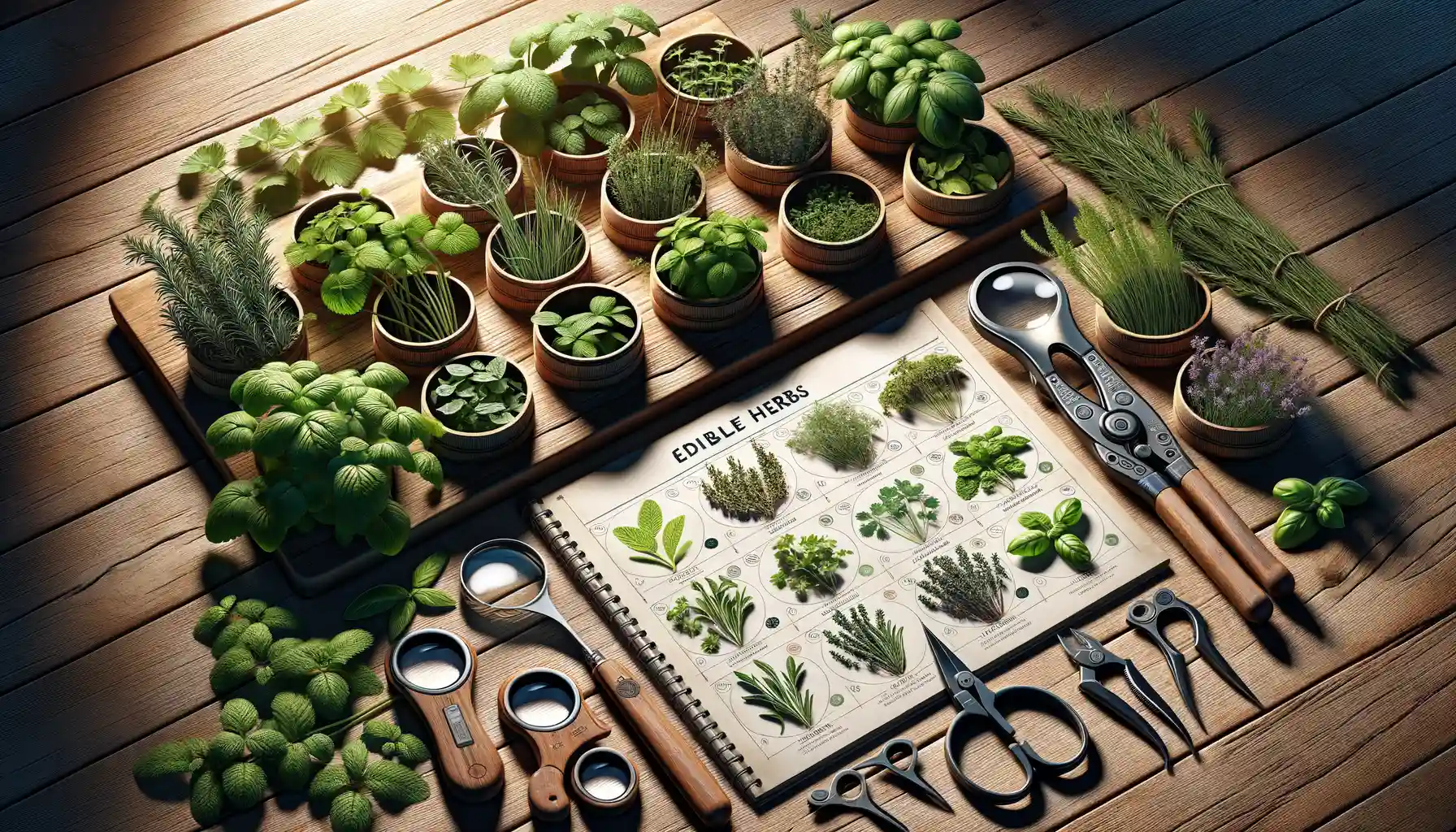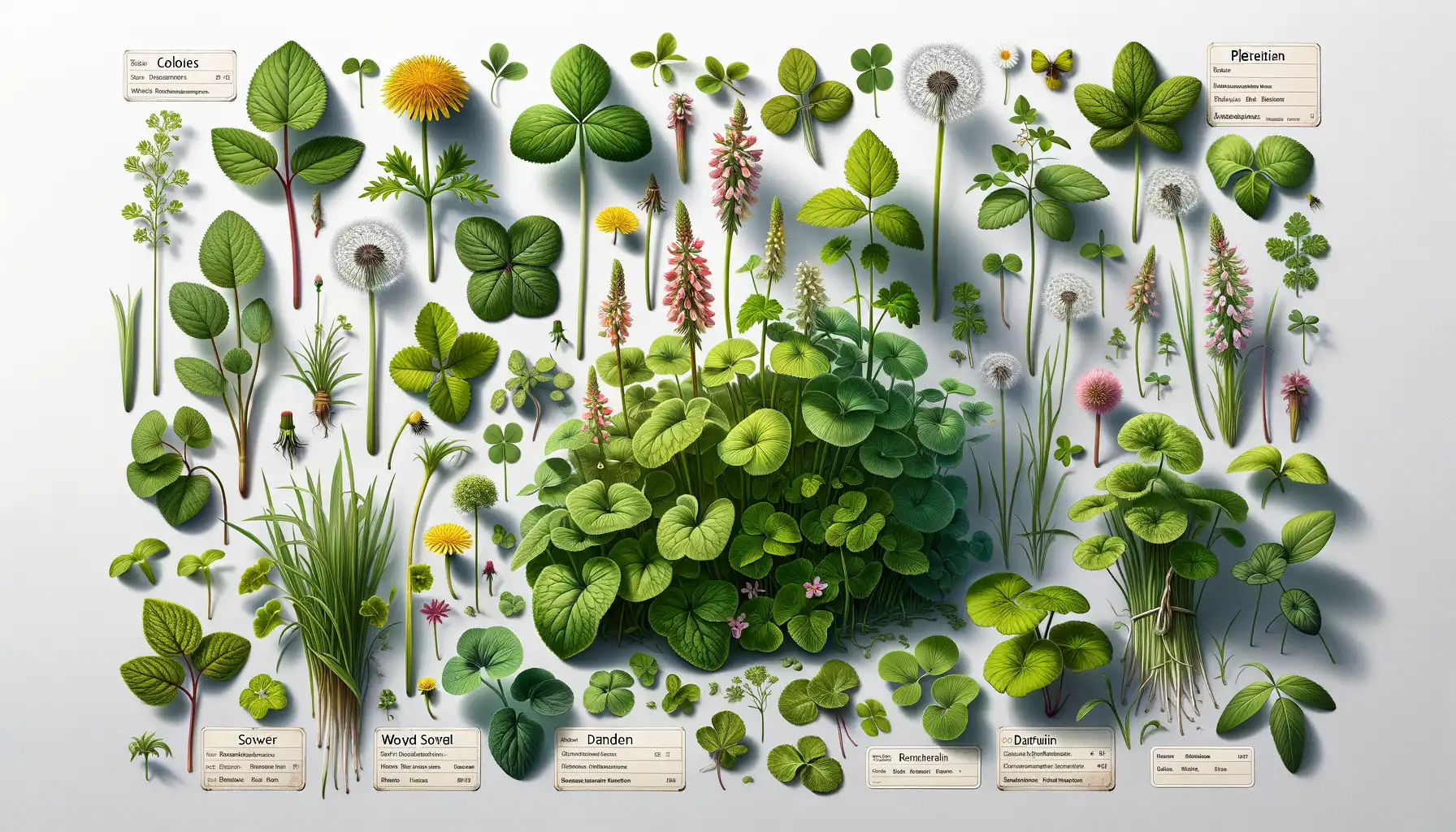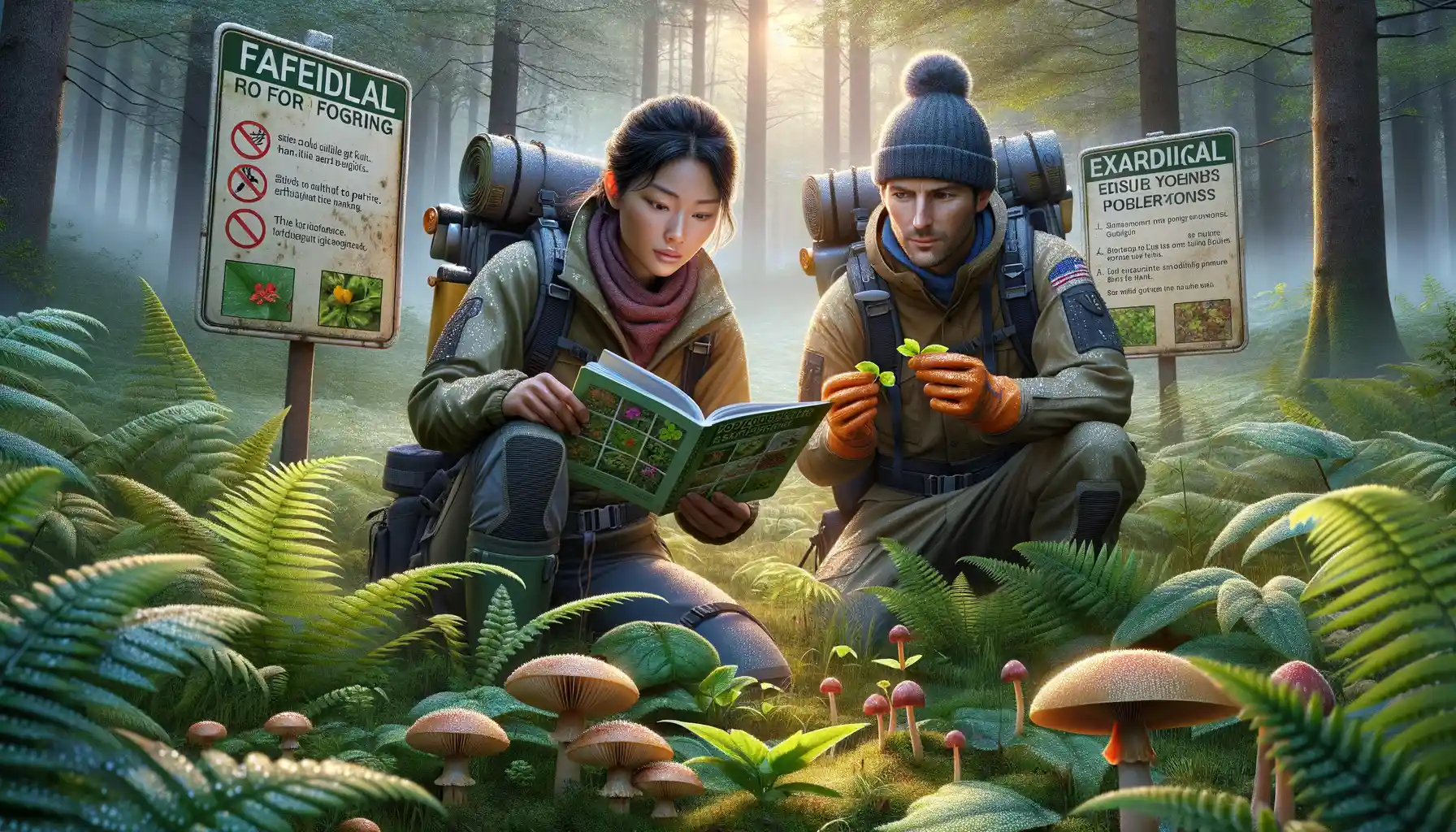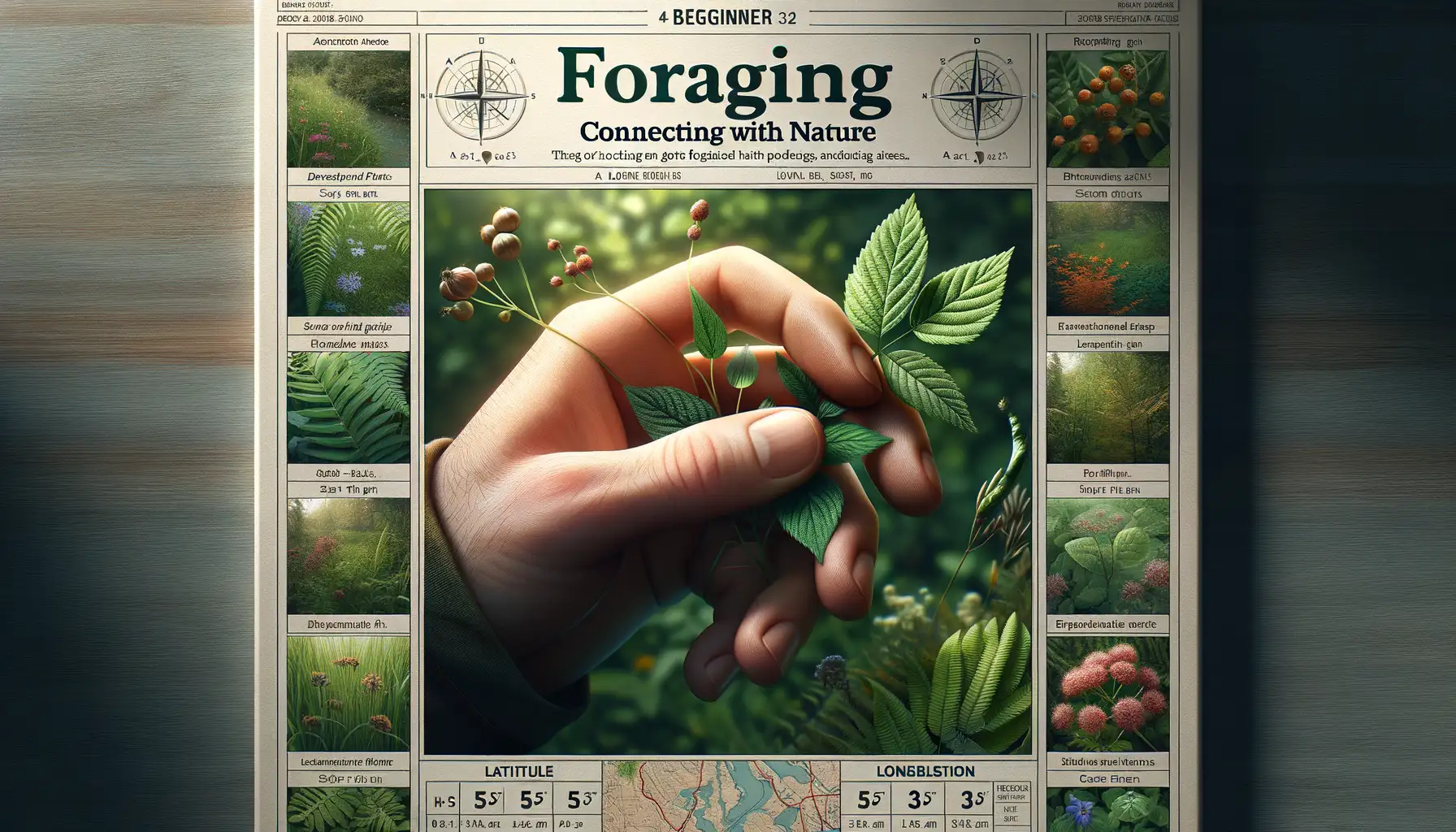Understanding the Basics of Foraging
The Magic of Nature’s Grocery Aisle
When was the last time you stepped outside and saw your surroundings as more than just trees, grass, or weeds? Foraging transforms the outdoors into an enchanting treasure hunt, where every leaf whispers a story, and every patch of grass has potential. Imagine plucking a leaf of fresh sorrel, its tangy citrus flavor surprising your taste buds, or stumbling upon wild garlic with its unmistakable aroma—it’s like nature’s very own seasoning cabinet!
But before diving in, it’s important to know that foraging isn’t about grabbing whatever catches your eye. It’s about respect, mindfulness, and understanding the world around you. Success starts with the basics, like learning to differentiate a lush, edible cluster of dandelion greens from a look-alike that might leave you regretting your choices.
- Learn the land: Understand the terrain and ecosystems around you.
- Key identifiers matter: Teach yourself a few plants at a time—taste, texture, and smell are all clues!
- Start small!: Focus on simple, easy-to-spot herbs like chickweed or wild mint to gain confidence.
Why Foraging is More Than Just Picking Plants
Foraging isn’t just practical; it’s deeply emotional. There’s something grounding about kneeling in the dirt, reconnecting with the roots of human survival. You’ll notice how interconnected everything feels—how a patch of nettles grows near water or how bees buzz over blooming clover. Each discovery becomes a memory: holding a sprig of plantain leaves for the first time or savoring the peppery kick of wood sorrel straight from the ground.
Let your curiosity guide you. The wilderness offers wisdom, but only if you take the time to listen—and trust me, the experience will leave your heart fuller, your hands greener, and your meals far more adventurous!
Tools and Techniques for Identifying Edible Herbs

Essential Gear for the Aspiring Forager
Foraging isn’t just about stepping into the wild with a basket and good intentions—it’s about being prepared. The right tools can make the difference between picking a delicious garnish for tonight’s dinner or accidentally grabbing something unhelpful (or harmful). My personal go-to? A lightweight pair of garden scissors. These are perfect for snipping tender herbs while leaving the plant happy and thriving.
Don’t forget to bring a field guide—a physical one is great, but apps like PlantSnap also work wonders in identifying unfamiliar greens. A hand lens or magnifying glass works magic when you need to examine fine details on leaves or stems. And here’s a hot tip: an old-school notebook will never run out of battery. Jot down your observations, draw pictures, or sketch the scent of a newly found herb—okay, maybe not that last part, but you get the idea.
- Cloth bags to keep herbs fresh without wilting.
- A small trowel—helpful for roots like wild garlic.
- Gloves for pricklier plants (ouch!).
Techniques That Make You a Herb Detective
Identifying edible herbs is like solving a flavorful mystery. Trust your senses—you’re going to need them all. Take mint, for example: its unmistakable smell will tell you more than any textbook could. Run your fingers over leaves. Are they soft, fuzzy, waxy? Compare their shape—oval, toothed, or heart-shaped?
Pay close attention to growing patterns. Some herbs, like dandelions, form rosettes low to the ground, while others such as nettles grow tall and love sticking together in clusters (a sneaky defense mechanism!). Season matters too—certain goodies thrive in spring, while others like watercress pop up during cooler months.
When in doubt, consult multiple sources. A photo match on an app is only step one—double-check against your guidebook and always test for smell and texture before consuming. Foraging is half science, half intuition. Combine the two, and you’ll crack the code of even the trickiest green disguise!
Top Edible Wild Herbs and Their Identification Features

Get to Know These Flavorful Wild Finds
Foraging for wild herbs feels a bit like unlocking nature’s hidden pantry, doesn’t it? Among the stars of this secret stash are some truly delightful edible plants—each with its own quirks, flavors, and unmistakable traits. Let’s dive into a few favorites that might just be waiting in your backyard.
- Dandelion (Taraxacum officinale): You’ve probably tugged at these as a kid, but have you tried eating one? Look for their bright yellow flowers and jagged-edged leaves in open fields or meadows. Every part is edible, from the root to the bloom, and they carry a slightly bitter, earthy tang.
- Stinging Nettle (Urtica dioica): Yes, the name sounds threatening, but when boiled or sautéed, nettles lose their sting and shine as a nutrient powerhouse. Spot them by their dark green, saw-toothed leaves and fine “hairs” on the stems. Gloves are your best friend when gathering!
Savor the Scent: Herbs That Talk to Your Nose
Some herbs practically beg to be noticed—tickling your senses with distinctive aromas. Take Wild Mint (Mentha arvensis), for example. Crush its oval-shaped leaves between your fingers, and a refreshing minty scent will transport you to tea-time bliss. Then there’s Yarrow (Achillea millefolium), whose delicate white flowers stand out, exuding an earthy, chamomile-like scent. A true forager’s gem!
Each herb tells its own story; you just have to listen. Ready to unravel their mysteries?
Safety Tips and Precautions When Foraging

Know What You’re Picking: Avoid the Danger Zones
Foraging can feel like stepping into nature’s treasure chest, but not every gem is safe to pick up. Before you pluck that wild herb, remember: plants don’t come with warning labels. Some edible herbs have toxic look-alikes that are nearly identical. For instance, the innocent-looking wild carrot has a deadly doppelgänger: *poison hemlock*. Scary, right? That’s why your mantra should always be “If in doubt, leave it out.”
A quick checklist for a safe harvest:
- Match multiple features (leaf shape, flower color, stem texture) before identifying a plant.
- Avoid areas near roadsides or industrial zones—they may be soaked in pesticides or pollution.
- Never eat anything raw without confirming its identity with an expert guide or reference book.
Respect Nature and Know Your Limits
Foraging isn’t just about filling your basket; it’s about harmony with the land. Always harvest sustainably. That means taking only what you need and leaving enough for wildlife and future growth. And let’s be real—wandering too far off-trail can lead to getting lost in a labyrinth of green. Carry a map, a compass, or even better, a charged GPS.
Stay vigilant: reactions can happen. Even edible herbs like *stinging nettles* can irritate skin if touched raw. Wear gloves, bring a small first-aid kit, and trust your instincts. If you feel uneasy about any plant, skip it. Your peace of mind (and stomach) is worth it!
How to Start Foraging in Your Local Area

Discovering Foraging Spots Close to Home
Foraging isn’t just a hobby—it’s an adventure waiting right outside your door. So, where should you begin? Start small. Look into local parks, nature reserves, or even your backyard. Did you know that dandelions and clover often thrive in urban green spaces? These overlooked treasures are edible and packed with nutrients!
Ask neighbors or join local Facebook groups focused on foraging—sometimes the best tips come from those who walk the same trails as you. And don’t forget about community foraging groups or meetups. Experienced foragers can be living encyclopedias, sharing tips or pointing out hidden gems growing under your nose.
Get Organized: Your First Foraging Steps
Before heading out, grab a few essentials:
- A good field guide: Choose one specific to your region to help identify local edible plants.
- A basket or cloth bag: Plastic can crush delicate herbs; breathable materials preserve freshness.
- Notebook/phone: Jot down what you find or use apps like PictureThis for plant identification.
Lastly, be patient. Learning to forage is like learning a new language—it’s okay if the first “word” you identify is a humble, yet mighty, patch of plantain leaves.